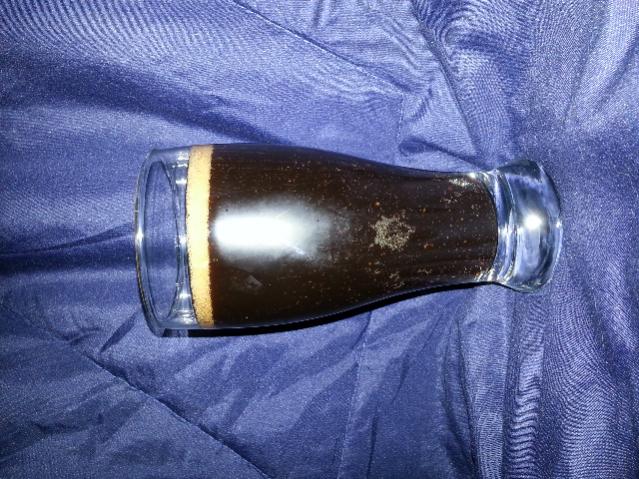BlackAtack
Active Member
- Joined
- Aug 29, 2012
- Messages
- 39
- Reaction score
- 3
I wanted to make a fruit beer, with of chocolate, with notes of honey and slight red coloring. I have an idea of how to do that, but I want it to be a high gravity beer with a strong head retention.
I know I can add honey, extra malts, certain sugars, etc. for increasing gravity, but I also heard that rice increases gravity without really affecting the flavor. How would I use rice in a brew to get my desired results? As for head retention, I read that wheat can help with head retention with minimum flavor changes. What could wheat possibly do to the flavor profile of a fruity chocolaty beer?
I know I can add honey, extra malts, certain sugars, etc. for increasing gravity, but I also heard that rice increases gravity without really affecting the flavor. How would I use rice in a brew to get my desired results? As for head retention, I read that wheat can help with head retention with minimum flavor changes. What could wheat possibly do to the flavor profile of a fruity chocolaty beer?



